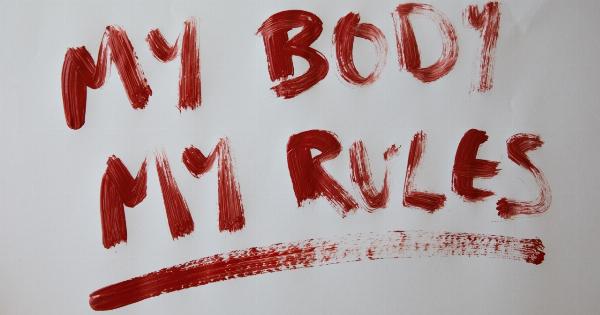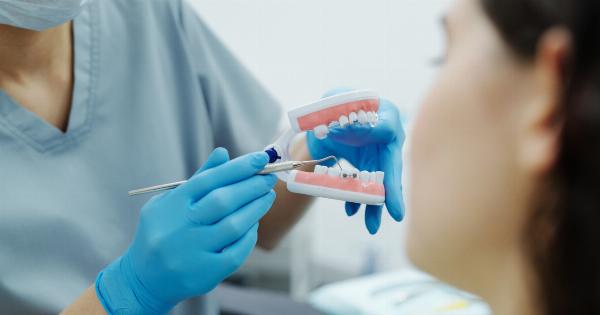Orthodontic treatment, specifically braces, is a common dental practice aimed at correcting misaligned teeth and improving oral health.
While the primary goal of braces is to enhance dental functionality, they also have a significant impact on a person’s body image. This article explores the various ways braces can influence an individual’s perception of their physical appearance and how it can affect their overall self-esteem and confidence.
Understanding Body Image
Body image refers to an individual’s perception, thoughts, and feelings about their own body. It encompasses both physical attributes and subjective evaluations of one’s appearance, including how they believe others perceive them.
Body image plays a vital role in a person’s mental well-being and influences their self-esteem, self-worth, and overall confidence levels.
The Role of Braces in Dental Correction
Braces are orthodontic devices that consist of brackets, wires, and bands. They are designed to apply gentle pressure on teeth, gradually shifting them into their proper positions.
Braces are commonly used to correct malocclusions, such as overcrowding, overbites, underbites, and crossbites. By aligning the teeth, braces not only improve dental functionality but also contribute to better oral health and prevent future dental issues.
The Impact of Braces on Body Image
While braces have numerous dental benefits, their impact on body image cannot be ignored. For many individuals, wearing braces can significantly affect how they perceive themselves and how others perceive them.
Here are several ways braces can influence a person’s body image:.
1. Visible Appearance
One of the most prominent reasons braces can impact body image is their visible appearance. Traditional metal braces feature noticeable brackets and wires that are easily visible when a person speaks or smiles.
This visual alteration of one’s teeth can make individuals feel self-conscious, especially during the initial stages of treatment when braces may seem particularly prominent.
2. Social Anxiety
Individuals wearing braces may experience heightened social anxiety due to concerns about how others perceive their appearance.
This anxiety can affect various aspects of their lives, such as socializing, engaging in public speaking activities, or even participating in everyday conversations. Fear of judgment or negative comments about their braces can lead to withdrawal from social situations and a decline in self-confidence.
3. Teasing and Bullying
Unfortunately, braces can become a target for teasing or bullying, particularly among children and adolescents. Peers may make hurtful comments or use braces as a basis for ridicule, further impacting an individual’s body image and self-esteem.
Such negative experiences can have long-lasting effects, influencing self-perception even after braces are removed.
4. Temporary Speech Impediments
In some cases, wearing braces may temporarily affect speech patterns. The brackets and wires can alter the way an individual positions their tongue and lips, causing minor speech impediments or lisping.
This change in speech can draw attention to the fact that a person is undergoing orthodontic treatment, potentially intensifying feelings of self-consciousness or embarrassment.
5. Treatment Duration
The duration of orthodontic treatment can also impact body image. Braces typically need to be worn for an extended period, often ranging from months to several years.
This extended time frame can lead to frustration and impatience, creating a negative perception of one’s appearance throughout the treatment process.
6. Alternatives to Traditional Braces
For individuals concerned about their body image during orthodontic treatment, there are alternatives to traditional metal braces. Clear aligners, such as Invisalign, have gained popularity due to their transparency and removability.
Clear aligners are less visually noticeable compared to metal braces, reducing concerns about visible appearance and potential social anxiety.
7. Positive Shifts in Body Image
While the impact of braces on body image is generally seen as negative, it’s essential to recognize that the perception of one’s appearance can also undergo positive shifts during orthodontic treatment.
As teeth gradually align and oral health improves, individuals may begin to feel more confident about their smiles, leading to an overall improvement in body image and self-esteem.
8. Supportive Environments
Creating supportive environments is crucial for individuals wearing braces. Friends, family, and dental professionals play an essential role in building a positive body image during orthodontic treatment.
Encouragement, understanding, and refraining from making negative comments about braces can significantly impact how braces are perceived by the individual.
9. Post-Treatment Reflection
After completing orthodontic treatment and having braces removed, individuals often reflect on how braces positively influenced their body image.
The long-term benefits, such as improved dental health, a more aligned smile, and enhanced self-confidence, can outweigh the temporary challenges faced during the treatment phase.
10. Long-Term Impacts
The impact of braces on body image can extend beyond the treatment phase. Many individuals find that the confidence gained through orthodontic treatment carries over into other aspects of their lives.
A positive body image can lead to improved social interactions, increased self-assurance, and a more positive outlook on personal appearance.































